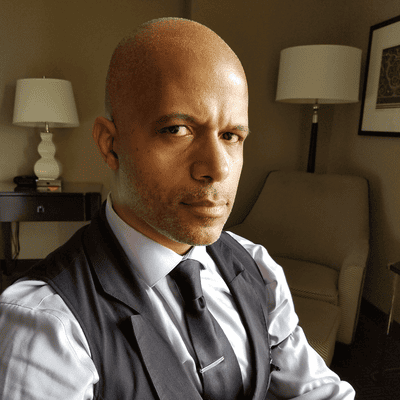NY Tech Week Talks Software Development and the New Era of AI
Andreessen Horowitz held a panel with three of its portfolio companies -- Luma, Mistral AI, and Pinecone -- for a chat about ways AI changes software development.

A NY Tech Week session hosted Tuesday evening by AWS at the Nasdaq Market Site brought out a trio of startups for a panel on “Navigating the New Era of AI” where they discussed their efforts with the technology.
It was one of the many events being hosted across Manhattan this week as the city showcases and explores the local tech ecosystem.
Guido Appenzeller, partner with venture capital firm Andreessen Horowitz, moderated last night’s discussion with Amit Jain, CEO and co-founder of Luma; Marjorie Janiewicz, US general manager for Mistral AI; and Edo Liberty, CEO and founder of Pinecone. Andreessen Horowitz is an investor in each company featured on the panel.
The pervasiveness of AI continues to stir awe and concern, with enterprises and startups searching for their path ahead with the technology. “This is an incredible time in AI. We’re in the very early stages in one of these big super cycles,” Appenzeller said. “Things are moving quickly. Things are confusing.”
He said he recently spoke with a large engineering enterprise where the board wanted to issue a mandate that some 30% of their engineers should work on AI projects. “I think that shows you how much pressure there is for all of us to really figure out what to do with this revolution that we’re in right now,” Appenzeller said.
AI Puts Different Spin on Software Development
The way software is built is changing, he said, from a world where it is built on compute, network, and storage toward compute, network, storage, and model.
Each panelist discussed some of the work their companies focused on and the potential they foresee in the AI era. Jain said though Luma is not fully out yet, his company is working on very large-scale visual models. “The idea is to simulate the world,” he said. “That’s a technical goal.”
Janiewicz said Mistral AI offers large language models (LLMs) with an aim to democratize generative AI, open source, and open weight (referring to the weight of LLMs).
Pinecone, said Liberty, is a knowledge layer for language models and foundational models. “We see the domain of search and data -- information retrieval is merging with AI,” he said. “The ability to really bring those together helps you both truly ground your information and build applications that you can trust with your own data, but still leverage the full power and potential based on foundational models.”
When Appenzeller asked what the “new stack” looks like for enterprises and large companies in this AI era, Liberty said though networking and computing storage persist change is underway. “The stack is completely different,” Liberty said. “There’s a layer … of AI infrastructure that is specialized for what people are trying to do.” That includes training them for models, databases, networks, frameworks, ways to curate data, and labeling.

Edo Liberty, CEO of Pinecone. Photo by Joao-Pierre S. Ruth.
Openness and a New World View with AI
Mistral AI wants to advocate for openness as the tech landscape evolves in this era. “To start with open source first, we definitely believe this technology is too important to be kept in the hands of the very few,” Janiewicz said. “We want to make sure that the community of developers can definitely test it, use it. I think it’s going to drive innovation.” Regarding open weight, she said Mistral AI wants its customers to be able to customize, tailor, and fine-tune the models to their specific needs and use cases. “The openness is very much to drive -- innovation drives for personalization to make those models your own.”
Jain and Luma believe many people hold constrained views of video models currently, seeing them largely in the context of TikTok and making movies when there could be more possibilities in the AI era. “The demand for video is voracious,” Jain said. “This is how people prefer to communicate now. This is how people entertain themselves.” He also said video is a powerful medium for work, which could include designing a house or visualizing prototypes that have yet to be built. “Video models are actually world simulators,” Jain said. “You want to be able to see what you’re thinking about and that’s, I think, the problem that we want to solve.”
He said what is needed are models that understand the world, actions, and consequences. “Then we can make things that are entertaining,” Jain said. “Then we can make things that are funny or scary, but also useful. That’s the approach we are taking and that’s actually a very different way of building them. They start to look a lot more like LLMs than they do video models today.”
About the Author(s)
You May Also Like






